including 1 grille
€ 199,00
The FP-205 foldable Proofer & slow cooker is the further development of the well-known FP-201. It has even better temperature accuracy and a gentle mode. Production of the FP-201 was therefore discontinued.
The Brod & Taylor Proofer can be stowed away to save space and is ready to use again in just a few simple steps. The FP-205 can be used continuously to provide you with temperatures from approx. 21 °C to 90 °C.
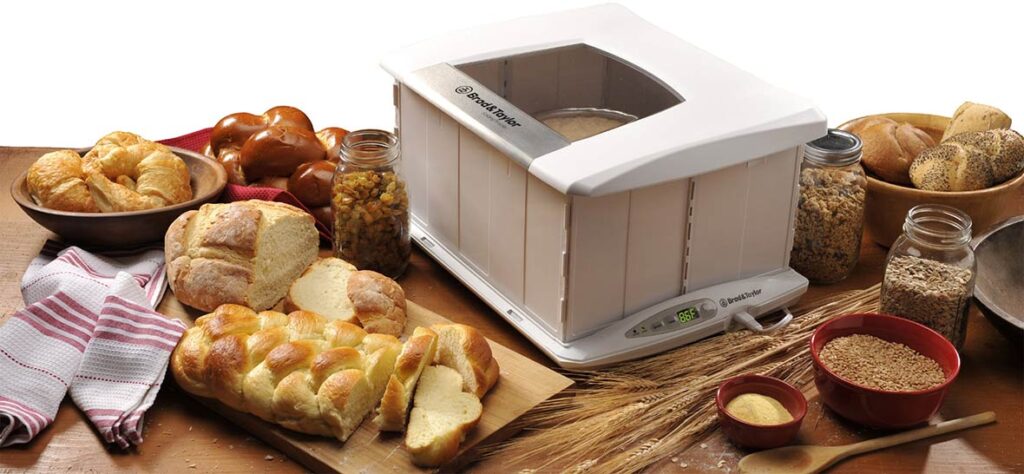

Practical & space-saving design.
Your favorite cooking pot becomes your favorite slow cooker.
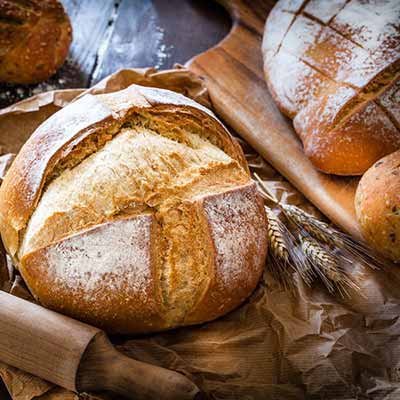
Precise temperature control. Constant humidity.
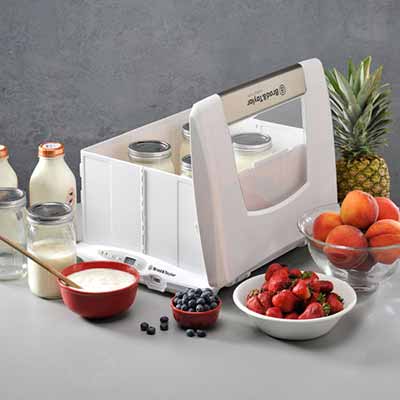
The ultimate solution for fermentation and cultivation.
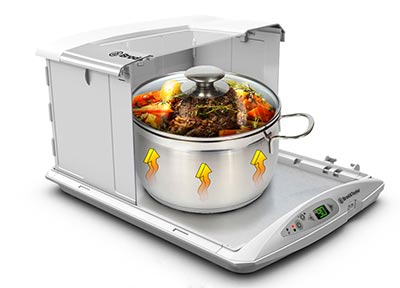
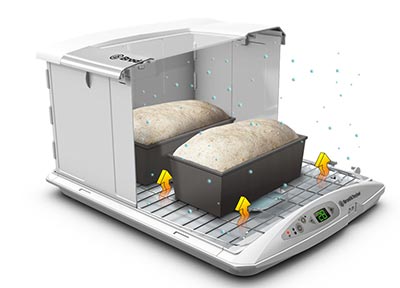
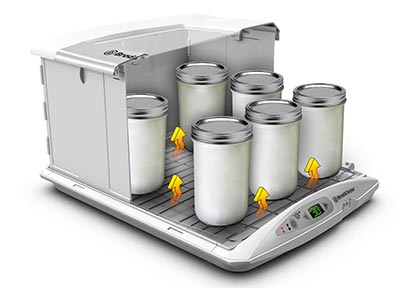
Large enough to hold several loaves of bread or a large mixing bowl – when folded up, it fits in any large kitchen drawer together with your baking trays or chopping boards. The grille and the water tray are stored in the folded appliance.
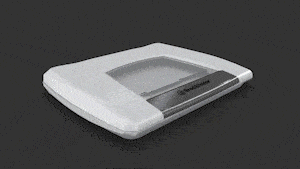
The Brod & Taylor Proofer & slow cooker FP 205 creates an environment with constant low-temperature heat, which is essential for many cooking processes. Our Proofer provides the ideal heat for dough, yogurt, superfoods and for tempering chocolate.
A thermostat in the underside of the Proofer controls the heat so that the Proofer works much more continuously than standard yogurt makers, dehydrators or ovens with proofing inserts. The ingredients are heated by radiant heat from the base and usually remain stable within a few degrees.
Gentle and even radiant heat rises from the aluminum heating plate and heats the ingredients. Grids and shelves are stored in the appliance during storage. In proofing mode, you can use the digital temperature controller to select settings from 21°-49° C.
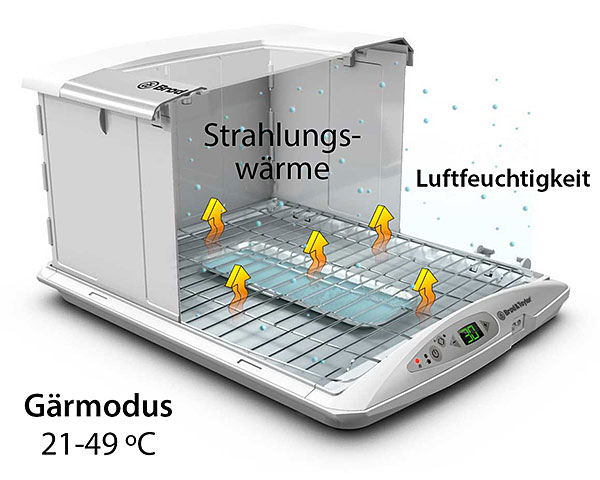
For rising bread dough, the humidity can be increased by using the water container supplied (typical humidity 60-80 %).
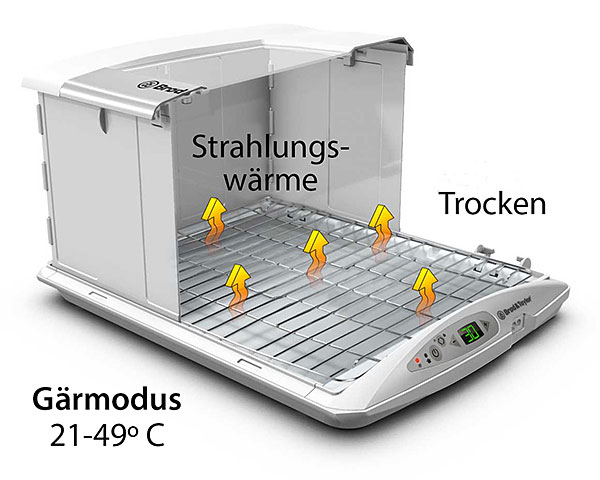
The Brod & Taylor Proofer & slow cooker FP 205 can of course also be used without a water tray. This is particularly suitable for tempering chocolate and making yoghurt, butter, tempeh, kefir, kombucha, sour cream, crème fraiche, cheese and natto. To do this, remove the water tray and place your container with the ingredients on the rack above the hotplate.


The Sourdough Home can both heat and cool. The foldable Proofer cannot cool, i.e. it cannot bring its contents below room temperature. Although the Proofer has a temperature range of 21 – 49 °C, it cannot cool its contents below 25 °C at a room temperature of 25 °C. The Proofer is larger than the Sourdough Home and can accommodate a large mixing bowl, bread tins or other containers used when proofing bread dough. The Sourdough Home is smaller and was specially developed for sourdough starters and can hold up to a 1-liter jar.
The health and growth rate of a sourdough starter are strongly influenced by the feeding schedule (frequency) and the temperature. To obtain a healthy, ready-to-bake starter, many bakers store their starter at room temperature and feed it daily. The room temperature can fluctuate throughout the year and fermentation activity can be unpredictable and difficult to control. Bakers often have to adjust the feeding rate and frequency to take these temperature fluctuations into account. With the Sourdough Home, you can keep your starter at a constant temperature all year round. You do not need to adjust the ratio or the feeding schedule.
Weekend bakers may not want to feed their starter every day – it’s unnecessary and wastes a lot of flour. As an alternative to daily feeding, bakers often store their starter in the fridge. However, the refrigerator temperature is around 3 °C, which is too cold for the yeast and bacteria in the starter. When it’s time to bake, the chilled starter needs to be refreshed a few times so that it reaches full strength and is ready for baking. The Sourdough Home is the perfect solution for storing your sourdough starter. By keeping your starter cool, but not cold, you can slow down fermentation without bringing it to a complete standstill. Your starter is healthy and ready for use without additional feeding.
With the SD Home, you can customize the feeding schedule for the starter. Feed your starter once a day, every three days or even once a week. Thanks to precise control over a wide temperature range, you can control the fermentation rate of your starter like never before and control when your starter reaches its peak. The time it takes to reach the peak at different temperatures depends on the seed ratio, the degree of hydration and the type of flour used. Experiment with your own starter to achieve the desired results.
Use our guide to get started.
| Temperature |
Duration |
Ratio |
| 7 °C | 5 days / 120 hours | 1:4:4 |
| 10 °C | 3 days / 72 hours | 1:4:4 |
| 12 °C | 2 days / 48 hours | 1:4:4 |
| 20 °C | 1 day / 24 hours | 1:4:4 |
*The above guide values are based on a 100% hydration starter fed with all-purpose flour (550 wheat flour).
How long it takes depends on two factors: the amount of starter and the temperature difference between your starter and the set temperature of the Sourdough Home. To shorten the time it takes for your starter to reach the desired temperature, mix it with water that corresponds to the set temperature of the sourdough machine. If you have set a warm temperature, mix your starter with warm water; if you have set a cold temperature, mix it with cold water.
To check the temperature of the Sourdough Home, we recommend using a probe thermometer that is inserted directly into the starter after it has been in the appliance for a few hours. It is not recommended to place a room thermometer inside the Sourdough Home.
A kitchen table works well. Just make sure to avoid locations with extreme temperature fluctuations, such as directly next to an oven, and do not store the appliance in direct sunlight. The rear ventilation slots should also have a few centimeters of free space to ensure sufficient airflow.
Address:
Gasteigweg 25,
5400 Hallein
Austria
Opening hours:
Monday to Thursday: 09 – 16:00
Friday: 09 – 12:00
Contact:
Phone: +43 6245 83282
E-mail: [email protected]
Address:
Gasteigweg 25,
5400 Hallein
Austria
Opening hours:
Monday to Thursday: 09 – 16:00
Friday: 09 – 12:00
Contact:
Phone: +43 6245 83282
E-mail: [email protected]

